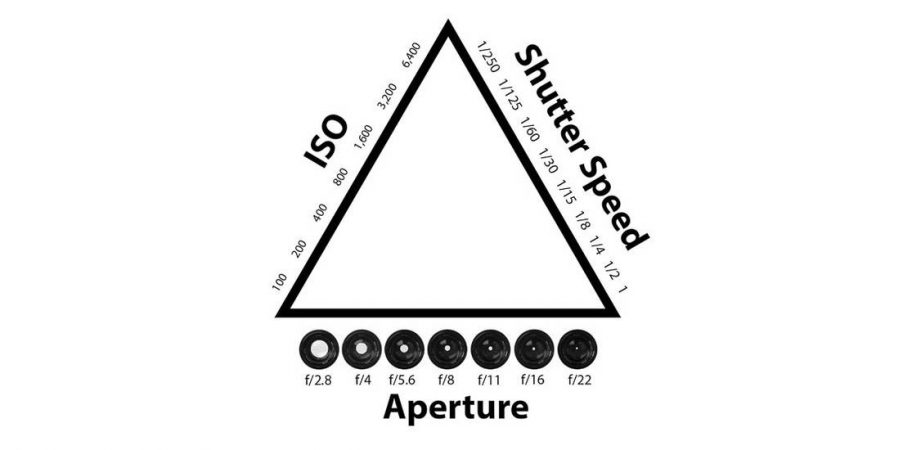Last Updated on January 23, 2022
What is Aperture in Photography
There is a good reason why we have left Aperture for the end and is because it is the most popular setting when it comes to scaring people away from photography. Our goal here is to easy- out it in the best way we can.
Remember the faucet analogy we mentioned in the previous section? Well, faucets can be regulated into allowing more or less water to pass through it. And aperture is pretty much that, it is a mechanism that allows us to capture more or less light depending on our needs.

Camera Lens Aperture
Page Contents
Before getting into the technical stuff, there is one thing that you need to understand about aperture. Unlike ISO and Shutter Speed, Aperture doesn’t depend on your camera but your lens, so if you switch lenses, then you’ll notice that some of the aperture values will change for you.
Aperture responds to very complex math that we’ll simply avoid here but is also measured in standard numbers that correspond to full (and thirds) stops of light. Aperture is a key factor in a lens price, and you’ll understand why now.
So, if ISO determines the type or quality of the light in front of the camera, and the Shutter Speed marks how much time this light will be passing through your camera.
Aperture controls the amount of light (or the diameter of a stream if you want to connect it to the faucet analogy) that passes through your lens and camera into eventually hitting the sensor.
The values are represented as “f stops”, but are just regular light stops. The difference from ISO is that aperture values are fractions, and the difference with shutter speed is that they don’t control movement. These are the standard f stops:
f/1.4 f/1.8 f/2 f/28 f/4 f/5.6 f/8 f/11 f/16 f/22
 *Image By Esmer Olvera
*Image By Esmer Olvera
Learn more: Photography 101: What is Exposure?
The important thing for you to understand them is to see them as regular fractions, like 1/5.6 or 1/11. Now it is clear that f/11 is smaller than f/5.6 for example. The great confusion comes when people forget about the fact that these numbers are fractions, and as the denominator runs up, the overall value is smaller and smaller with each increment. f/1.4 will produce an extremely wide stream of light, and f/22 will make light pass just through a tiny whole.
That’s Nice, But Why Do I Need To Reduce Light?
Aperture needs to be controlled in order to achieve some specific results. Considering that light behaves in a particular way (ISO is designed to take care of that), and there are some specific purposes depending on how objects/subjects are moving in our scene (Shutter Speed covers that), Aperture needs to come into play to keep things as you want them to be. Otherwise, you could end up with a nasty overly-exposed or under-exposed shot.
Aperture works out by controlling the amount of light, but there is also another thing that happens when opening or closing down the diaphragm mechanism. That is the depth of field, or how stuff gets to be focused in your shots. There is no better way to explain it than this. Rise any of your fingers and put it close to your eyes, now try to focus it. You’ll notice how your eyelids immediately open.

Now, try to focus on the distance outside the nearest window to you. Exactly, your eyelids instinctively close. Technically Aperture is more oriented to our eyes’ irises, but we can’t really feel how they open or close, so we prefer that other way of linking it to our eyes.
So, if you want to selectively focus something close to you, a wider aperture value (like f/2.8 or f/4) will be a clever choice. And if you want sharp landscapes, f/16 or f/22 will be the perfect aperture setting.
Remember that aperture depends on your lens, so if you are working with the kit lens of your camera, the widest aperture value might be f/3.5 (at 18mm) and f/5.6 (at fully zoomed 55mm). You’ll understand all this with practice, daily practice, just like a physical exercise.

Further Readings:
Photography Courses – Best Online Classes
Smartphone Photography Courses
Best Courses for DSLR and Mirrorless Cameras